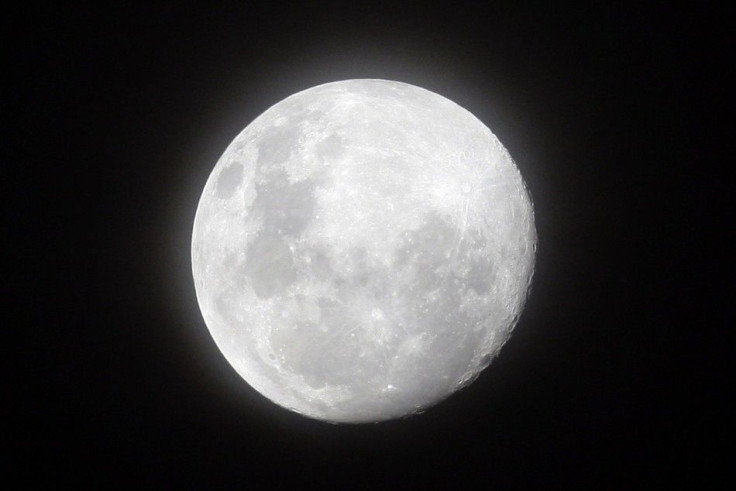Volcanoes Found on Far Side of Moon

A group of scientists have found volcanoes on the far side of the moon, which suggests activity much more recent than previously thought.
While it was previously known that volcanoes exist on the side of the moon viewable from Earth, a new discovery documented evidence that dome-shaped volcanic deposits exist on the far side, as well.
Bradley Jolliff and fellow scientists from Washington University studied images obtained from NASA's Lunar Reconnaissance Orbiter (LRO) to investigate the domes, some of which extend more than 6 kilometers high.
The recently discovered area of domes is called the Compton-Belkovich thorium anomaly, because it is located on the far side between two impact craters, Compton and Belkovich, and rich in thorium as opposed to moon's known basaltic composition.
Published in Nature Geoscience, the domes are not linked to asteroid, meteor or comet activity but rather have an "enigmatic" origin, probably formed from viscous lava.
According to Joliff, these domes have sloping sides and are "volcanic in origin," as reported by Discovery News. Made up of thorium, silica and alkali-feldspar minerals, the composition is completely different than basaltic surface on the near side of the moon.
Earth's moon was formed after a collision caused molten floods of basaltic rock which makes up the maria, or dark spots we can see from Earth. These spots have been acknowledged volcanic deposits and have formed about one billion years ago.
The recently found deposits, however, are believed to have taken form conceivably 800 million years ago.
"It's also the first evidence of such young volcanic activity on the lunar surface, meaning the moon was still geologically active just 800 million years ago, rather than 1.2 billion years ago as previously thought," Ian Graham, geologist from University of New South Wales, told Discovery News.
The study, entitled "Non-mare silicic volcanism on the lunar farside at Compton-Belkovich," also suggests that there was indeed volcanic activity on the lunar far side, which has created circular depressions from a volcanic eruption.
© Copyright IBTimes 2024. All rights reserved.






















